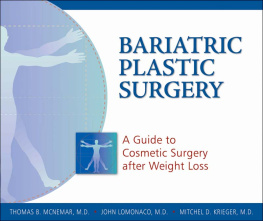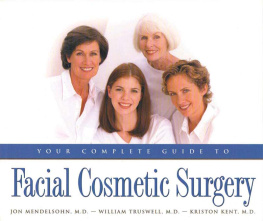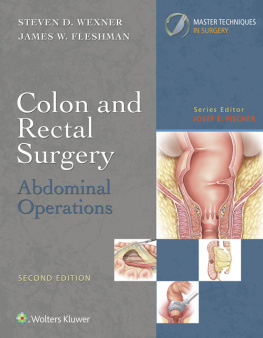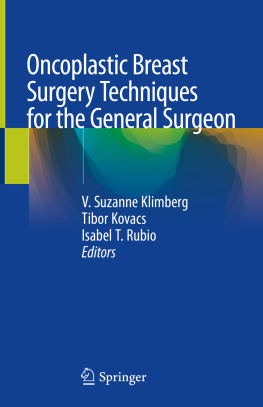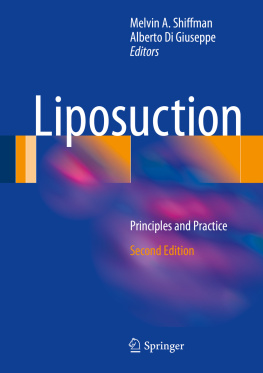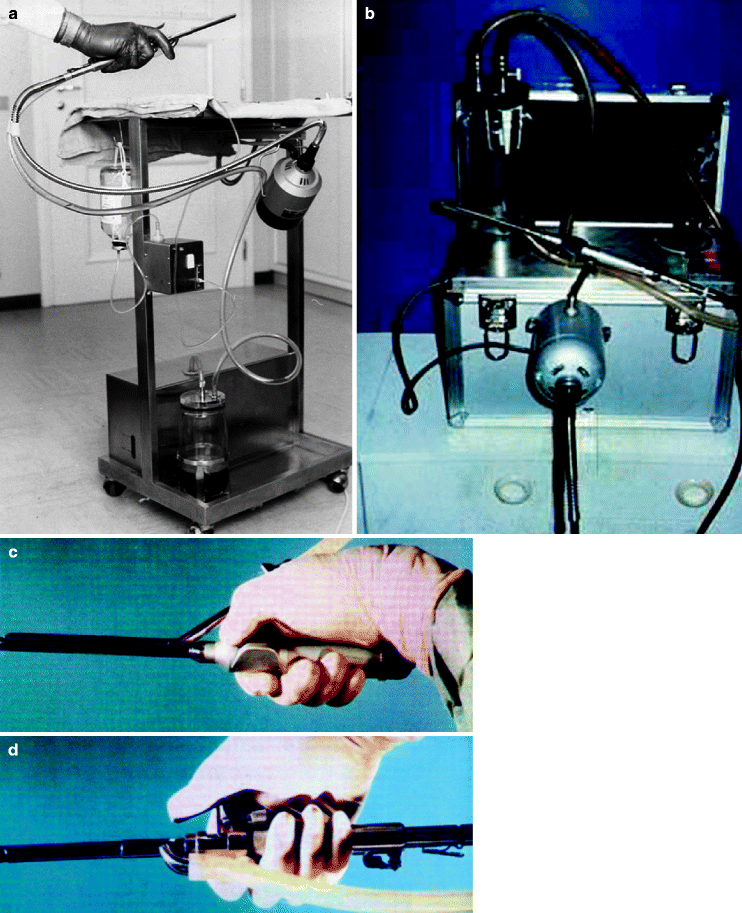Melvin A. Shiffman and Alberto Di Giuseppe (eds.) Cosmetic Surgery 2013 Art and Techniques 10.1007/978-3-642-21837-8_1 Springer-Verlag Berlin Heidelberg 2013
1. History of Cosmetic Surgery
Abstract
In order to understand the progression of events that has led to present-day cosmetic (aesthetic) surgery, the history of the events that have occurred over the past 2600 years is important. The author discusses the history of cosmetic (aesthetic) surgery and procedures including the special aspects of breast reduction, mastopexy, liposuction, otoplasty, and rhinoplasty.
1.1 Introduction
In preparing a history of cosmetic surgery, it is, at times, difficult to separate reconstructive procedures from purely cosmetic procedures. Cosmetic (aesthetic) is beautifying surgery compared to plastic that is repair of a defect or deficit. Consider that reconstruction of the face is to beautify a distorted, abnormal appearing facial appearance. However, cosmetic (aesthetic) surgery is considered to be only to beautify and not to reconstruct to obtain beauty. Obviously, there is some overlap between the two.
Sushruta lays down the basic principles of plastic surgery by advocating proper physiotherapy before the operation and describes various methods for different types of defects, such as release of the skin for covering small defects []. He mentioned various methods including sliding graft, rotation graft, and pedicle graft. He also described labioplasty. All the principles of surgery such as accuracy, precision, economy, hemostasis, and perfection find an important place in Sushrutas writings on this subject.
Tagliacozzi [] was considered by some to be the Father of Plastic Surgery even though his 47 pages of illustrations and guidelines to reconstructive surgery were published in 1597, but when he died 2 years later, his achievements died with him.
In 1792, Chopart [] performed an otoplasty that resulted in his loss of his job (that he had since 1892) in 1896 at the University Polyclinic in Orthopedic Surgery headed by Professor Julius Wolff.
In World War I, Gillies []. After the war, he formed one of the largest U.S. multidisciplinary teams for the care of complex maxillofacial injuries at Walter Reed Hospital. For these efforts, he was known as a leader in posttraumatic reconstruction.
Blair contributed many outstanding clinical advances. Although other surgeons had performed reconstructive operations using the delay phenomenon, Blair first defined the delay process in 1921 [] reported the first cleft lip repair that could be reproduced accurately. This article was the first to provide accurate details on measurements needed to perform cleft lip repairs.
Although plastic surgery was a specialty established during the First World War, there were only three experienced plastic surgeons in Britain when the Second World War broke out in 1939. One of them was McIndoe []. He set up a specialist hospital in East Grinstead to treat airmans burn, which was caused when a planes fuel tanks exploded. The unprotected hands and face of the pilot could be severely burned. McIndoe treated several hundred airmen, skillfully performing plastic surgery to give them new faces and hands. Many of them went back to fly again.
1.2 Breast Reduction
Durston [] reported removing a crescent-shaped section from the upper anterior portion of the breasts in order to treat bilateral mammary hypertrophy. The skin and subcutaneous tissues were excised down to the pectoralis fascia, and the breast was elevated and suspended by suturing to the pectoralis fascia.
Guinard [] reported on a patient with macromastia using semicircular incisions in the submammary folds to remove a large amount of skin and breast tissue.
Morestin and Guinard [] noted the importance of leaving subcutaneous tissue attached to the skin. He performed extensive undermining and severing of the suspensory ligaments (Coopers ligaments), and then wedge excisions of breast tissue in an inverted S shape involved the lateral aspect of the breast. This resulted in a high risk of skin and breast loss, and the technique was largely abandoned.
Schwarzmann [] introduced an inferior pedicle technique and showed a geometric method to plan the reduction rather than using a free hand method and preserving perforating vessels by preserving the lateral and medial segments of breast and resecting the superior portion.
Reports on free nipple transplantation for reduction mammaplasty included Conway [] described the periwinkle shell (spiral rotation) technique for moderate ptosis.
Fig. 1.1
( a ) First prototype suction machine with a motor-driven cannula. ( b ) Second prototype motor suction machine. ( c ) Motor-driven cannula with cutting and rotating cylinder inside. ( d ) When thumb is released, there is no aspiration (Photos courtesy of Giorgio Fischer)
Strombeck []. This was a horizontal dermal pedicle that consisted of the dermis of the two lateral pedicles to transpose the nipple and create a fibrous balcony to prevent postoperative ptosis. The skin and gland above the areola were excised.
Pitanguy [] performed a horizontal dermal bridge and keel shaped resection of the gland from the inferior and central portions of the breast. It had excellent results when used for limited breast reductions (<300 g) and breast ptosis.
Dufourmental and Mouly [] described amputation with nippleareola transplant, and prosthesis.
Hoopes [] described the bipedicle vertical pedicle for nipple transposition that had simplicity of design and safety.
Lalardrie [] reported a dermopexy with reduction Dermal Vault technique.
Weiner et al. [] described a modified Pitanguy technique using curved incisions to define the medial and lateral breast flap borders and resection of the breast tissue on a horizontal plane. He believed this modification produced breasts that were less tense and more desirable in shape.
Cramer and Chong [] performed reduction mammaplasty utilizing an inferior pedicle nippleareola flap.
Marchac and de Olarte [] described a method of preserving the subdermal plexus of vessels with the nippleareolar complex detached from the breast gland leaving a completely free deepithelialized superior- and inferior-based dermal pedicle with only the subcutaneous fat that is folded and the breast closed after resection of the gland. The nippleareola complex is brought out through the new position after complete closure.
Cardoso [] reported on the inferior pedicle technique.
Lejour and Abboud [] performed the double skin technique with application of polyglactin or mixed mesh to fix the gland with allogenic mesh using a circular flap of dermis with a central pedicle.
1.3 Mastopexy
Plastic surgery of the breast has been documented as early as 1669 when descriptions of postmastectomy reconstruction were reported. Some 200 years later, Velpeau, in 1854 [].
Various pedicles to support the nippleareolar complex were described by the 1930s. Further evolution in the mastopexy resulted in refinement of technique and analysis. One of the earliest techniques involved a two-stage approach which Joseph described in 1925 []. The first stage transposed the nipples to their final locations using broad and reliable pedicles. Shape and symmetry were ignored until the second procedure was performed several weeks subsequently. The second procedure involved removing the excess lower pole, shaping, and lifting the breast as well as maximizing symmetry between the two sides.



